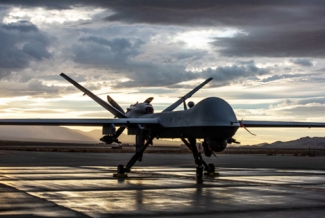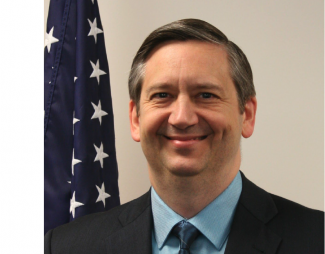The U.S. Air Force (USAF) partnership with the DTC has provided superb value to the USAF over the years, as this collaboration dates back as far as 2003. Early in the relationship, the DTC benefited the USAF-NCAR partnership with WRF development and transition to USAF operations. In recent years, the DTC has focused primarily on USAF needs for model evaluation through continued development of the Model Evaluation Tools (MET), along with project efforts related to model testing and evaluation (T&E). Throughout this period, the DTC and the other DTC partners have been valuable teammates, exemplifying the true model (pun intended) for interagency cooperation.
Moving into the next decade, the science and application of environmental modeling face numerous evolving challenges and opportunities, and the DTC will play a central role in several of them. One challenge is the proliferation of emergent commercial weather data (CWD) sources available for Research and Development (R&D), as well as for data assimilation (DA) with operational weather forecast models. These new data sources are being released under much shorter timelines than those from traditional government observing systems, necessitating that we incorporate the data more rapidly into our model DA systems, which will require us to test at a faster pace and evaluate model performance (enhanced or degraded) for each new data type. The DTC has a golden opportunity to partner with the Joint Center for Satellite Data Assimilation (JCSDA), a peer organization working on next-generation DA architectures and science improvements, to enhance our collective ability to test more rapidly and evaluate the utility of new data types for DA in the sponsoring agencies’ modeling systems.
In addition to standard verification statistics, which are the expected output of model evaluation studies (e.g., Observing System Experiments/OSEs), the sponsoring agencies will also need to measure the value added by each new data type in monetary terms. Given our limited budgets, which are unlikely to significantly increase, it is highly unlikely we will be able to purchase new data without a trade-off from somewhere else. In other words, in order to purchase new data, we will probably have to draw the budget away from another valid requirement. But how do we decide which element is more important and is the best use of our limited funds? One objective measure would be to select the options that provide the most value per dollar. Because most of the sponsor agencies will face decisions of this type, building and operating a model T&E capability would be a promising opportunity for the DTC to support their interagency partners to manage the flood of CWD headed our way.
Another pending opportunity for the DTC is to take the lead in model T&E for the future of interagency model collaboration envisioned by the nascent Environmental Prediction Innovation Center (EPIC). The initial NOAA-managed contract for EPIC is still in the early stages and the first increment focuses on software engineering, the software development environment, and related tools and applications. As such, EPIC will need advanced model T&E capabilities and tools to incorporate into the new national collaborative environment, and who better than the DTC to lead the way in that area? One clear example is MET, a capability in which the USAF is already heavily invested. By continuing to expand the capabilities of MET to meet the needs of multiple partner agencies, as well as working to include MET in EPIC’s new software development environment, the DTC can expand its role by becoming one of the cornerstone, essential partners in the U.S. modeling community.
The USAF can point to several successful DTC-partnered projects that have benefited both USAF operations as well as contributed to improved capabilities for our interagency partners. However, even when considering those past successes, we feel the DTC’s best days are ahead, and we in the USAF are looking forward to being a part of the new efforts yet to come.


